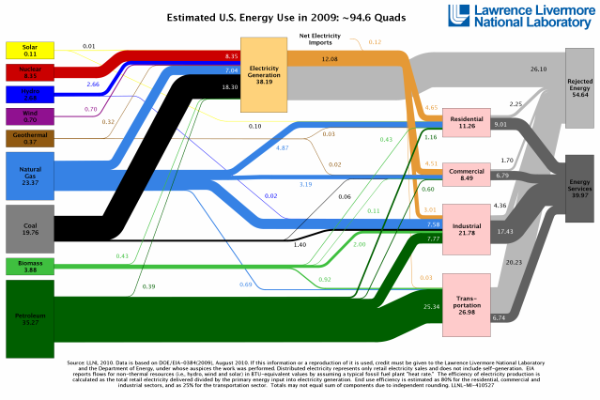Tuesday, March 31 I saw Andreas Kraemer, International Institute for Advanced Sustainability in Pottsdam, founder of the Ecological Institute of Berlin, and currently associated with Duke University, speak at both Harvard and MIT. His subject was the German Energiewende, energy turnaround, energy tack (as in sailing), or energy transition, and also the title of a book published in 1980 (Energiewende by Von F. Krause, H. Bossel and K. F. Müller-Reissmann) 1980 which described how to power Germany without fossil fuels or nuclear, partially a response to the oil shocks of the 1970s, and probably the beginning of the nuclear phase-out. Chernobyl in 1986 gave another shove in that direction and continues to do so as Chernobyl is still happening in Germany with radioactive contamination of soils, plants, animals, and Baltic Sea fish.
In 1990 the feedin tariff began but it was not started for solar. It was originally intended to give displaced hydroelectric capacity in conservative Bavaria a market and a bill was passed in Parliament very quickly, supported by the Conservatives (Blacks) in consensus with the Greens and Reds as they all agreed on incentizing renewable, local energy production through a feedin tariff on utility bills. Cross party consensus on this issue remains today. This is not a subsidy but an incentive with the costs paid by the customers. The feedin tariff has a period of 20 years and some have been retired.
Solar began with the 1000 roofs project in 1991-1994. There are 1.7 million solar roofs now although, currently, Spain and Portugal have faster solar growth rates than Germany. Renewables provide 27% of electricity, have created 80,000-100,000 new jobs directly in the industry, up to 300,000 if indirect jobs are added, and is contributing 40 billion euros per year to the German economy. By producing energy domestically Germany has built a local industry, increased tax revenue and Social Security payments, and maintained a better balance of trade through import substitution. During the recession that began in 2008, Germany had more economic stability and was even able to expand the renewable sector because steel for wind turbine towers was available at lower prices and financing was forthcoming.
Continue reading Energiewende: Germany’s Energy Transition
